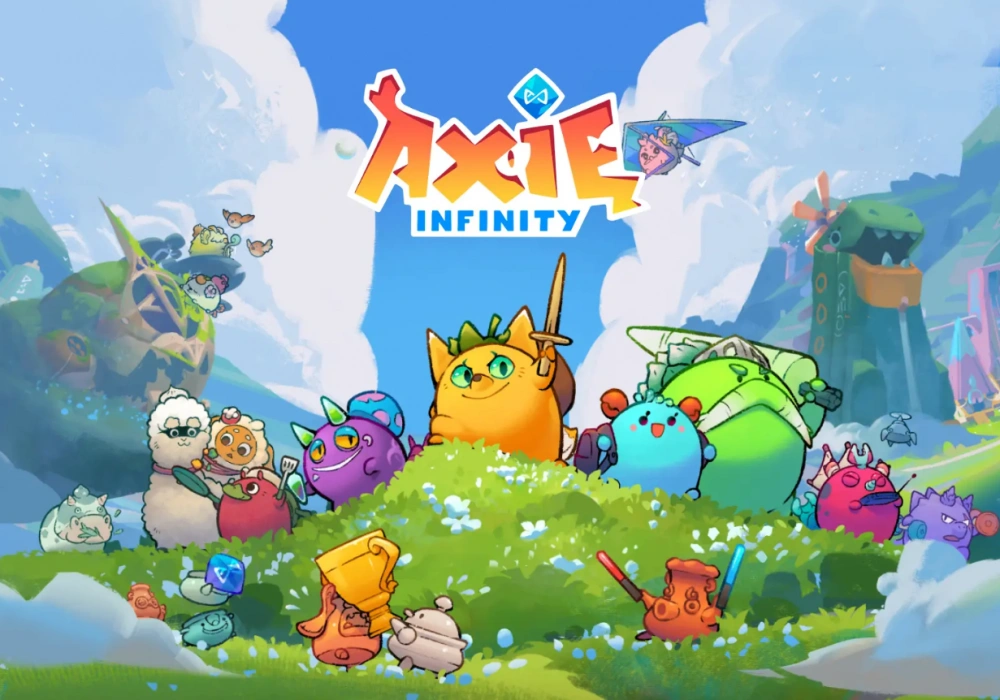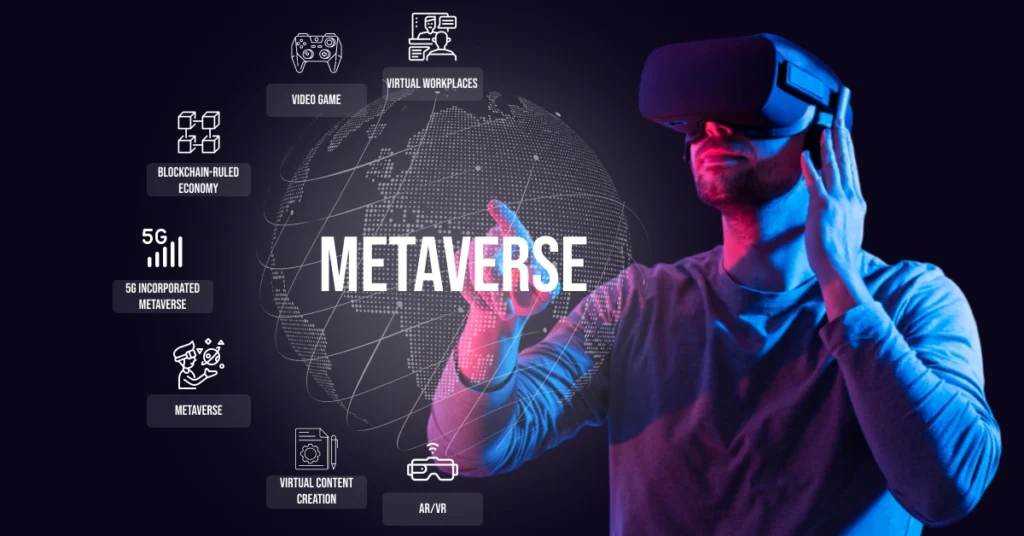How to Navigate the Metaverse Trend in 2025 Through the Lens of Web3 Gaming
July 3, 2025

Understanding the Metaverse in 2025: A New Kind of Immersion
In 2025, the metaverse trend is no longer just a headline or a buzzword. It’s something that seeps quietly into our games, meetings, classrooms, and even our phones. Unlike the earlier days of bold predictions, today’s metaverse is more fragmented—but also more grounded in actual use.
If you’ve ever asked yourself what the metaverse looks like now, this guide is for you. Below, we break down how Web3 gaming, particularly in rising markets like Vietnam, has quietly become the on-ramp into metaverse experiences—without the hype.
Step 1: Redefine What “Metaverse” Means in 2025

Credit from Forbes
The first thing to understand is that the metaverse trend has shifted dramatically. It’s no longer about huge virtual worlds everyone logs into with VR headsets. Instead, it’s about interconnected digital experiences—many of which are mobile, browser-based, or embedded in existing apps.
In Vietnam, metaverse integration is visible in unexpected places: a local coffee chain testing digital loyalty in AR, a university running student orientation in a 3D campus tour, or a small blockchain game Vietnam studio pushing out seasonal NFT-based minigames that people actually enjoy.
Forget the monolithic “Ready Player One” version. The metaverse today is modular, purpose-driven, and easier to enter than you think.
Step 2: Use Web3 Gaming as Your Entry Point

Credit from PlayToEarn
If you’re curious but unsure how to “enter” the metaverse, Web3 gaming is your simplest path in. These are games that run on blockchain technology, but the best ones don’t announce that fact loudly. Instead, they allow players to own items, earn digital assets, or trade in-game rewards that carry real-world value.
Vietnamese developers are particularly active in this space. Studios like Sipher, Sky Mavis, or smaller metaverse startup Vietnam projects are focusing on user-first design. These games often feature stylized 2D or 3D environments with collectible characters or items. Many are designed to be played casually on mobile phones, not in VR rooms.
You don’t need crypto to start. Some games now offer “guest” modes where you can play, learn, and later decide if you want to connect a wallet.
Step 3: Look for Signs of Everyday Integration

Credit from Market.us Scoop
Vietnam is an interesting testbed for this evolution. It has one of the highest crypto adoption rates per capita and a growing ecosystem of Vietnamese blockchain gaming startups 2025 focused on local storytelling and accessible tech.
This means you’re likely to see digital experiences tied to local holidays, art, or music—blurring the lines between entertainment and culture. A virtual Tet event hosted in an interactive mini-world? That’s not science fiction. It’s already happened.
The adoption of metaverse technology in Vietnam often flies under the radar but is quietly increasing—especially where user familiarity is high, like in mobile gaming, education, and small business marketing.
Step 4: Don’t Let the Hype (or Crash) Distract You

Credit from IMARC Group
One of the reasons people ask if the metaverse is still relevant is because the hype cycle has cooled. Big tech laid off metaverse teams. Venture capital shifted toward AI. But this doesn’t mean the metaverse has disappeared. It means it’s maturing.
In fact, this “quiet phase” is when the most practical experiments are happening. In Web3 and metaverse market trends in Vietnam, we’re seeing a rise in purpose-built digital layers: loyalty systems tied to blockchains, artist-run virtual galleries, and AR filters for retail brands.
For newcomers, this is good news—it means less speculation, more usability.
Step 5: Engage Without Overcommitting
You don’t need a headset or crypto wallet to start exploring the metaverse trend in 2025. Try joining a digital event hosted on a platform like Spatial, or explore a Vietnamese NFT-based game with free-to-play access. Follow a metaverse developer on X (Twitter) or jump into a community Discord.
The point is to learn by participating—not by investing heavily or waiting for some future launch. Think of the metaverse now as a layer of digital life, not a place.
Conclusion: A Quieter, Smarter, More Local Metaverse

Credit from Deftsoft
So, is the metaverse trend still relevant in 2025? The answer is yes—but it’s no longer about loud promises. Instead, it’s about Web3 gaming creating real value, especially in ecosystems like Vietnam that prioritize practicality and digital fluency.
The trend isn’t dead. It’s just grown quieter, more useful, and closer to everyday life—shaped by real users, local innovation, and grounded applications in education, entertainment, finance, and social connection.

